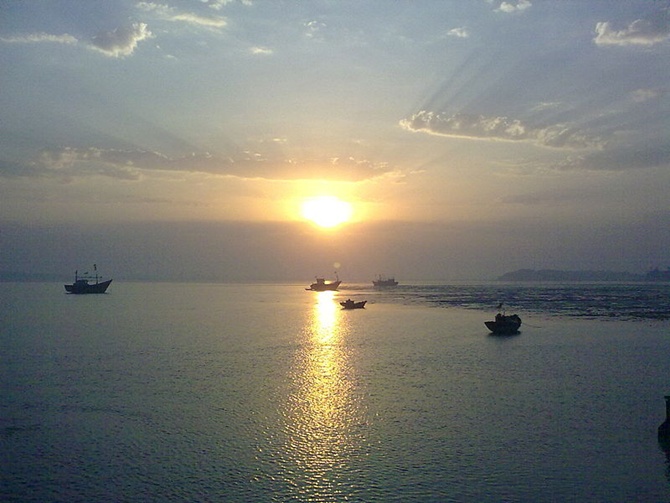
There is talk of changing the small town of Uran into Mumbai's new satellite, but according to realty experts, it is too early to think of investing in the area.
Among Uran’s favourite inside jokes are the infrastructure plans promised for it. ‘Proposed bye pass road,’ reads a sign on a dusty, potholed path in the fishing village, 50 kilometres from Mumbai and just ahead of Ulwe in Navi Mumbai.
What irks locals like law student Mayuresh Date more than its poor grammar is the fact that the board has been there for two years.
A short distance away, he points to decrepit remnants of an erstwhile railway station. “That one hasn’t functioned in years,” he says. “The new rail link was to be completed by 2006. But there is no sign of construction so far.”
There is new interest in this unknown rural taluka, with the Maharashtra government mulling the development of a new city here in a bid to decongest Mumbai and Navi Mumbai.
On October 4, Business Standard reported that 100 sq km (10,000 hectares) at Uran were proposed to be developed into a township with private participation.
The Maharashtra Housing and Area Development Authority (MHADA) also plans to develop infrastructure, acquire 100 hectares and create housing stock. While the locals of Uran are mildly excited by the idea of what they call a ‘Teesri Mumbai’ (third Mumbai) in the region, they are wary of buying into claims of any quick transformation — for the completion of plans, they say in the manner of Sunny Deol’s character in Damini, all they get is tareek pe tareek (due date after due date).
...
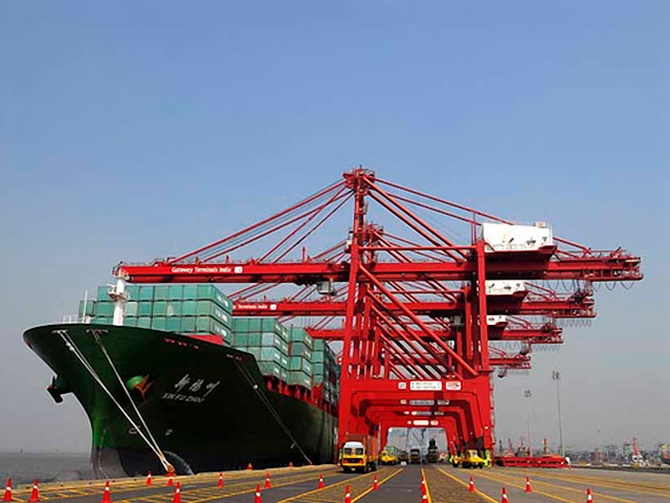
Uran previously entered the limelight with the unveiling of plans for the Mumbai Trans-Harbour sea link to make the city accessible from this small town in about 30 minutes. The international airport planned in neighbouring Ulwe further stoked the buzz.
Seven years after it was given in-principle approval, the proposed 5,000-hectare Navi Mumbai special economic zone near Raigad, led by Mukesh Ambani’s Reliance Industries, hit a deadend even before construction took off.
From Mumbai, Uran is currently accessible by ferry boats starting at Gateway of India or by private vehicles.
There are buses running from Koparkhairane to Uran every half hour, while a 3-hour state transport bus journey connects the town to Dadar in Mumbai.
Date, who frequents Navi Mumbai to study, admits industry in the region has been growing.
Uran houses the Jawaharlal Nehru Port Trust, an ONGC plant and shipping and logistics industries. Couples and young families have been driving down to the area’s calm, picturesque beaches and jetty over weekends.
Also, the navy has its base in the Mora area. Schools and college have sprung up too. However, infrastructural progress has neither been quick nor comprehensive.
...
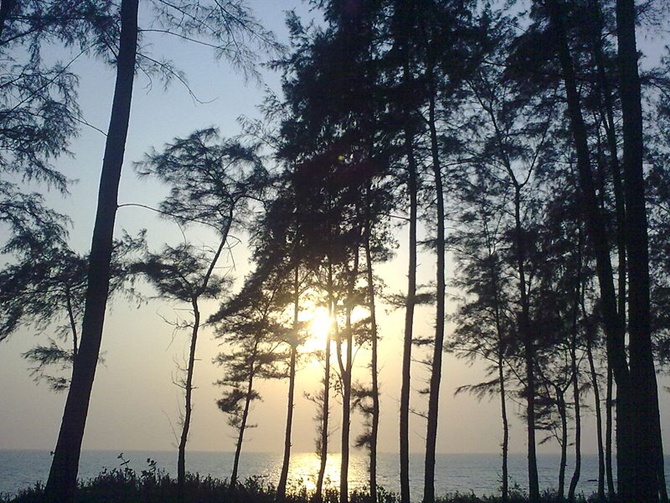
There is no specialty hospital in this town of 23,254 people (2001 census). Often, emergency patients die by the time the ambulances reach Vashi, says Rakesh Mhatre, sarpanch of Mhatawli, one of the bigger villages in Uran.
Water supply and electricity are regular in industrial areas, but dwindle in the smaller villages and fishing colonies.
During summer, water supply is said to be available once in two or three days. Once a week, the villages face load shedding for four to seven hours.
At present, all interest in buying houses is from locals as outsiders find it difficult to commute, says Anand Bhingarde, an Uran resident and general secretary of the Uran Education Society.
It is too early to buy in the area, advises Ashutosh Limaye, head of research and intelligence services, Jones Lang LaSalle India. The presence of logistics and industrial warehousing companies means the locality is not preferred by those in the middle- and high-income groups, he adds.
“The regular movement of trucks and container traffic discourages them.” Even those who land jobs at industries there prefer to live in Kharghar or Panvel, says Limaye. Small local builders are involved in the realty projects in Uran, mostly 1 and 2-BHKs up to three floors. The tallest building here has seven floors.
...
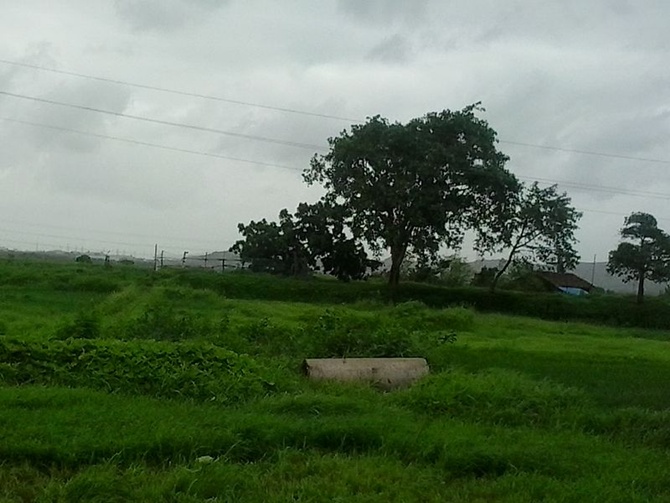
Established developers of low-cost housing say interest will hinge on fast-tracking infrastructure.
“There must be a local train station in the vicinity. Additionally, social infrastructure such as hospitals are also important,” says Rohit Poddar, managing director at Poddar Developers.
Yet, prices have appreciated. In the past six years, land price has tripled to Rs 2 lakh per guntha (121 square yards) from Rs 50,000.
Per-square-foot prices in the period have risen nearly fivefold from Rs 700 to Rs 4,000, according to Uran-based architect and builder Tansukh Jain. That is both because of hopes pegged on growth and the limited availability of plots.
Land is scarce within the developed municipal town limits and out of bounds in parts with the Navy presence. There are open expanses in Khopta, beyond the Karanja creek, but Jain says development is yet to start on concerns of poor connectivity and lack of clarity on land acquisition guidelines.
After City Industrial Development Corporation of Maharashtra (CIDCO) bought out agricultural land for sale to industries, the newly rich land owners blew their money on ‘beer bars’ or flamboyant purchases like cars. Instead of fixed deposits or mutual funds, earnings were invested in gold, a fixation in these parts of the state.
Later, to ensure financial security, some began selling on a ‘50-50’ basis, retaining half the land while offering the rest to developers. The nodes closest to Navi Mumbai, like Bokadvira, have been growing faster with plots demarcated and foundations constructed.
...
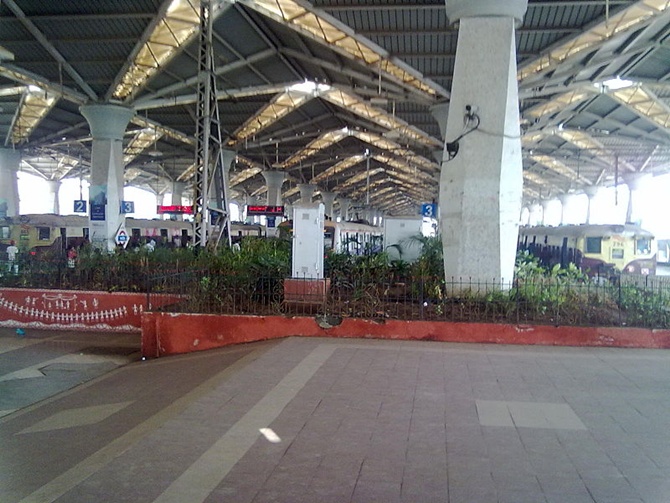
Infrastructure plans are stuck mainly on account of Uran’s sensitive location and bureaucratic delays.
CIDCO is the authority for infrastructure planning in Uran. Villagers blame local bodies for not following up with various authorities for fast implementation. Sarpanch Mhatre, in turn, says his questions to CIDCO and neighbouring industries are only met with assurances.
While denying CIDCO’s involvement in any official proposal to make Uran a city, spokesperson Mohan Ninawe says the authority is only working on a plan to develop the Khopta region there. In his defence, Ninawe adds environmental concerns have delayed work. “But Indian Railways and CIDCO are taking initiative. Work has started on the rail link.”
Salt pans that once dominated the area used to be a major source of income. There are hardly any left after most were sold to CIDCO. Many areas in Uran fall in the Coastal Regulatory Zone-I.
On the day of our visit, the air was thick with the smell of fuel after an ONGC pipeline for crude oil sprang a leak. Polluted waters have halved the fishermen’s haul in recent years, says Pradeep Nakhawa, chairman of the Karanja fisherman’s society.
But that hasn’t impacted business as fish has been claiming better prices too. If the plan to make a city does move forward, there is also the question of whether it will really help decongest the maximum city and its satellite cousin.
Industrialisation resulted in employment for several locals in technical positions, making many young citizens of Uran move away from salt-making and fishing. They shifted from semi-pukka homes to flats.
Resident Rupesh Patil, whose family also has a small apartment in Kharghar, recalls when only 10-15 people would get down with him at the Harbour Line station there in 2006.
Today, that neighbourhood is teeming with residents. The 28-year-old Patil, an employee of Hind Terminal, has now invested in a new flat near his village Bokadvira on hopes of a similar expansion.